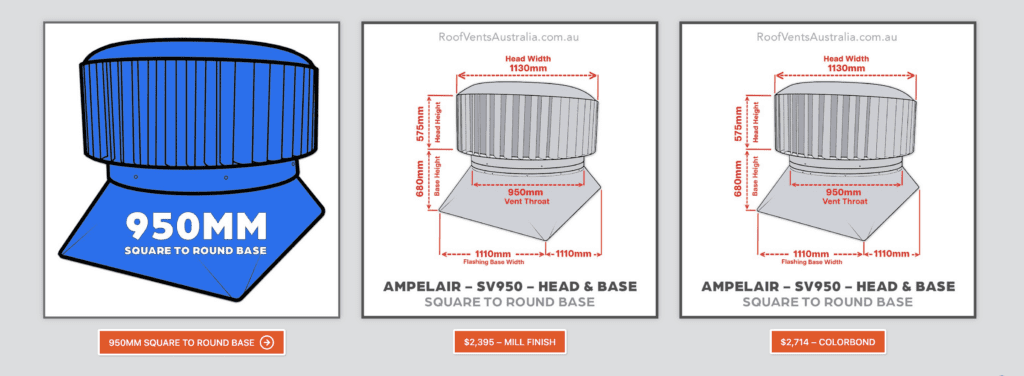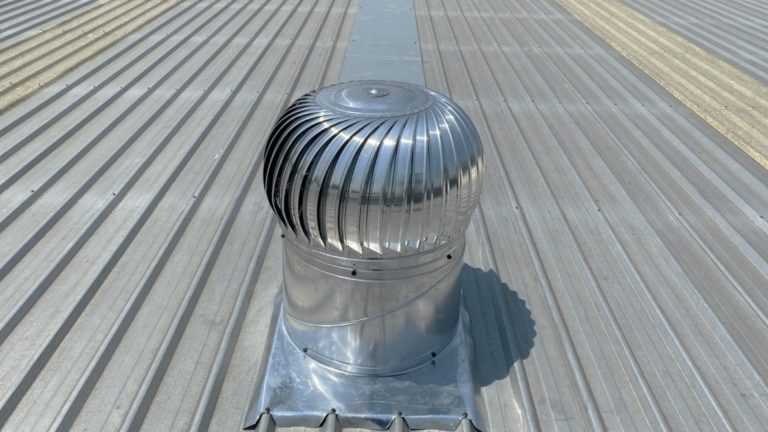The Importance and Benefits of Roof Ventilation in Commercial Industrial Warehouses in Australia: A State-By-State Analysis
Rain Heads Custom Made Shipped Free Australia Wide – Click Here >
Dambuster Rain Heads Shipped Free Australia Wide – Click Here >
Commercial Industrial Roof Vents 300mm-950mm – Click Here >
Eco-Friendly Roofing Insulation Shipped Free – Click Here >
Gutter Sumps Shipped Free Australia Wide – Click Here >
Introduction
Roof ventilation is an essential yet often overlooked aspect of warehouse design and operation. Especially in a country like Australia, where climate conditions vary dramatically from state to state, it is critical to have a well-ventilated structure. The practice influences not only the comfort levels for the employees but also the overall efficiency, safety, and longevity of the structure and goods stored inside.
In this article, we will delve deep into the importance of proper roof ventilation systems and highlight the specific benefits for commercial industrial warehouses in various states of Australia. We will draw from authoritative sources such as the Australian Building Codes Board, the CSIRO, and state-specific regulatory documents to substantiate the discussion.
Why Is Roof Ventilation Important?
Energy Efficiency
Ventilation can reduce the load on HVAC systems and, thus, cut energy costs. According to a study by Energy Efficiency Council, improved ventilation can reduce energy consumption by up to 40% (Energy Efficiency Council, 2019).
Improved Indoor Air Quality
According to the World Health Organization, indoor air pollution can pose a serious health risk, potentially leading to respiratory issues and long-term illness. Proper roof ventilation allows harmful chemicals and pollutants to exit the building.
Material Longevity
Improper ventilation can lead to moisture buildup, which can deteriorate the stored goods and the building material. In industrial settings where hazardous materials may be stored, this could lead to safety concerns.
New South Wales (NSW)
Climate and Challenges
NSW experiences a variety of climatic conditions, from humid subtropical in the north to oceanic in the south. High humidity levels can lead to moisture buildup, causing both health and material longevity issues.
Recommendations
For warehouses in NSW, ridge vents combined with soffit vents can provide an efficient ventilation solution. The Australian Building Codes Board (ABCB) recommends a minimum of 10% roof ventilators in total roof area for commercial buildings in the state (ABCB, 2018).
Victoria (VIC)
Climate and Challenges
Victoria experiences a temperate oceanic climate with relatively cold winters compared to the rest of Australia. During winters, condensation is a concern, leading to moisture and mold buildup.
Recommendations
Passive roof ventilation methods, such as rotating vents or “whirlybirds,” are suitable for Victoria. According to the CSIRO, passive vents are ideal for temperate climates like Victoria’s and can reduce internal temperatures by up to 6°C (CSIRO, 2017).
Queensland (QLD)
Climate and Challenges
Queensland has a tropical climate with high humidity. Warehouses face challenges in controlling internal heat and humidity.
Recommendations
In Queensland, a combination of ridge and turbine vents is highly effective. Queensland Building and Construction Commission (QBCC) mandates specific codes for roof ventilation in commercial structures (QBCC, 2018). Following these, one can enhance the energy efficiency of warehouses by up to 30%.
South Australia (SA)
Climate and Challenges
South Australia experiences arid to semi-arid climate. In such dry climates, the focus should be on reducing heat.
Recommendations
Solar-powered attic fans can be effective in South Australia, as they actively remove hot air and are energy-efficient. South Australia’s Planning, Transport, and Infrastructure Department provides specific guidelines for such installations (DPTI, 2019).
Western Australia (WA)
Climate and Challenges
Western Australia has a Mediterranean climate, which can get hot and dry, especially in the summer.
Recommendations
In WA, louvered ventilators can be beneficial as they can be adjusted according to the season. The Building Commission of WA recommends using louvered vents for commercial structures in the region (Building Commission WA, 2020).
Conclusion
Roof ventilation is not just a matter of fulfilling building codes but an integral part of the building design that impacts energy efficiency, health, and operational costs. From tropical Queensland to temperate Victoria, each state in Australia offers unique climatic challenges that need tailored solutions.
Adherence to state-specific building codes and consulting with experts in the field can yield substantial long-term benefits. Properly designed roof ventilation systems not only uphold the structural integrity of the warehouse but also protect the goods stored within and the people working inside.
References
- Australian Building Codes Board (ABCB). (2018). National Construction Code.
- Energy Efficiency Council (2019). Navigating a Changing Energy Landscape.
- World Health Organization. Indoor air pollution.
- CSIRO (2017). Climate-appropriate Roof Ventilation for Residential Buildings.
- Queensland Building and Construction Commission (QBCC). (2018). Building Codes and Standards.
- Department of Planning, Transport, and Infrastructure, South Australia (DPTI). (2019). Building Code Updates.
- Building Commission of Western Australia (2020). Building Standards.



